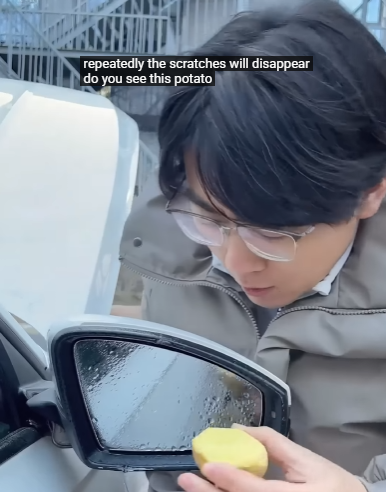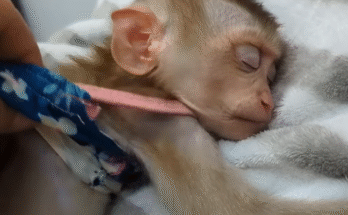
Owning a car brings freedom, convenience, and mobility. But as any driver knows, car problems can strike at the worst times — often when you’re running late, on a trip, or in the middle of nowhere. While some issues require professional attention, many common car problems can be fixed quickly and easily if you know what to do. This guide covers practical, fast fixes for various car troubles that could save you time, money, and stress.
1. Dead Battery: Quick Jumpstart
One of the most common car problems is a dead battery. You turn the key or press the start button, and nothing happens — or you just hear a clicking sound. This usually means your battery is drained, often because lights were left on or the battery is aging.
Fast Fix:
- Use jumper cables and a second car. Connect the positive terminals (red clamp to +), then the negative terminals (black clamp to – or a grounded metal part).
- Start the working car, wait a few minutes, and then start your car.
- Let it run for 15–30 minutes to recharge.
If no second vehicle is available, you can use a portable jump starter — an incredibly handy tool to keep in your trunk.
2. Flat Tire: Quick Tire Change
A flat tire can be frustrating, but it doesn’t have to leave you stranded. If you hear a thumping sound or feel your car pulling to one side, pull over safely and inspect your tires.
Fast Fix:
- Retrieve the spare tire, jack, and lug wrench from your trunk.
- Use the jack to lift the car and the wrench to remove the lug nuts.
- Swap the flat tire with the spare, tighten the lug nuts, and lower the car.
Note: Spare tires (especially space-savers) are not for long-term driving. Get your tire repaired or replaced ASAP.

3. Engine Overheating: Cool It Down
If your temperature gauge is rising rapidly or steam is coming from under the hood, your engine might be overheating. This can be caused by low coolant, a broken thermostat, or a radiator issue.
Fast Fix:
- Turn off the AC and turn on the heater to draw heat away from the engine.
- Pull over and turn off the engine.
- After the engine cools (wait 30–60 minutes), check the coolant level and refill if needed using a 50/50 water-coolant mix.
Never open a hot radiator cap — it can spray boiling coolant.
4. Check Engine Light: Quick Diagnostics
A check engine light doesn’t always mean a serious issue, but it shouldn’t be ignored. Sometimes it’s something simple like a loose gas cap.
Fast Fix:
- Tighten the gas cap securely. This alone can often reset the light after a few drives.
- Use a Bluetooth OBD-II scanner (available online or at auto shops) to read error codes and identify the problem.
- Many auto parts stores will scan your codes for free.
Knowing what’s wrong can help you decide whether it’s an emergency or something to fix later.
5. Car Won’t Start: Quick Fixes Beyond the Battery
If your car won’t start and it’s not the battery, the problem could be with the starter, ignition, or even the gear shift.
Fast Fix:
- Make sure the car is in “Park” (automatic) or clutch is fully depressed (manual).
- Try wiggling the gear shifter while starting the engine — a bad neutral safety switch might be the cause.
- Check the key fob battery if your car uses push-to-start.
- Listen for clicking — if it’s loud, it’s likely the starter; if silent, it may be a fuse.

7. Car Pulls to One Side: Tire or Alignment Issue
If your car pulls left or right while driving straight, it could be due to uneven tire pressure or alignment issues.
Fast Fix:
- Check and inflate your tires to the recommended PSI (found on a sticker inside the driver’s door).
- If pressure is okay but pulling continues, your alignment may be off. This requires a professional mechanic but can be scheduled at your convenience.
8. Smoky Exhaust: Quick Identification
Excessive smoke from your exhaust can signal different issues depending on the color:
- White smoke: Coolant leak
- Blue smoke: Oil leak
- Black smoke: Fuel issue
Fast Fix:
- Check fluid levels (oil and coolant) and top off if low.
- If it persists, avoid driving long distances — seek mechanic help soon.
9. Dim Headlights: Quick Brightness Fix
Dim headlights make night driving dangerous and could get you pulled over.
Fast Fix:
- Clean foggy lenses with headlight restoration kits or toothpaste in a pinch.
- Check the battery voltage and alternator — low voltage can dim lights.
- Replace old bulbs. Use LED replacements for brighter, longer-lasting results.

10. Stuck Windows or Locks: DIY Rescue
Electric windows or door locks that stop working can be annoying, especially in bad weather.
Fast Fix:
- Turn the ignition on and press the window switch repeatedly — sometimes this jolts it back to life.
- Tap gently on the door panel near the motor while pressing the button — stuck motors can get unstuck.
- For locks, use silicone spray or graphite lubricant in the keyhole.
Bonus Tips: Preventive Measures for Quick Fixes Later
- Keep a basic tool kit in your car: screwdriver, pliers, tire gauge, jumper cables, flashlight.
- Regularly check fluids: oil, coolant, transmission, brake, and washer fluids.
- Inspect tire pressure weekly and rotate tires every 6,000–8,000 miles.
- Listen to your car: strange noises often point to small issues before they become big.
- Download a car maintenance app to track service reminders.
Final Thoughts
Knowing how to quickly fix car problems empowers you and saves valuable time, especially during emergencies. While some issues need professional care, many can be solved with basic tools and a little know-how. Whether it’s a flat tire, a dead battery, or an odd engine light, being prepared and staying calm is half the battle. The more familiar you are with your vehicle, the easier it becomes to troubleshoot and get back on the road.
So next time your car acts up, remember: not every problem is a disaster — sometimes, it just needs a quick fix and a confident driver to get it rolling again.



